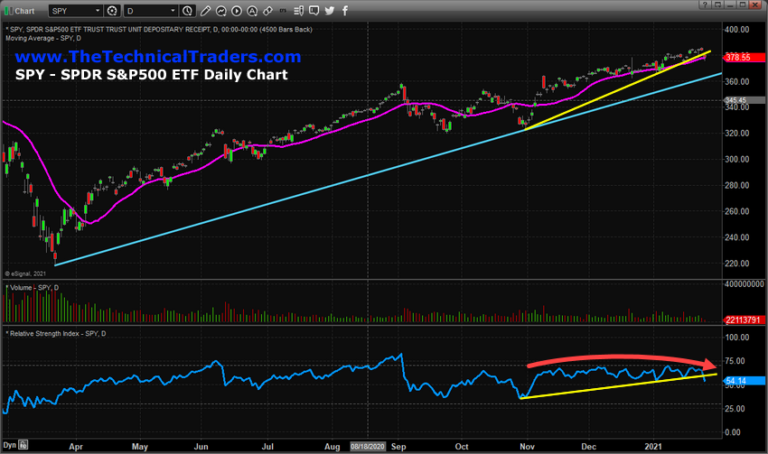Year-to-date, the largest exchange-traded fund by assets under management, the SPDR S&P 500 ETF (SPY), has seen an astonishingly large amount of money flow out of the fund.
Remind you; this is also when the S&P 500, and thus SPY itself, is up 7.09% year-to-date. That is important to note because it highlights that the fund does not necessarily see money leave the fund when the market is getting hit.
The SPY has over $372 billion in assets under management, making it the single largest ETF. SPY also holds the crown of being the most liquid, which may not mean much to the average investor, but that is very important to Wall Street professionals and prominent investment managers.
Liquidity is important because it means these investment managers can get in and out of positions with no genuine concern about whether or not there is a buyer or seller on the other side of their trade.
So how much money has SPY seen leave since the start of 2023? $9.43 billion!
Let that sink in and think about the fact that only about 150 Exchange-traded funds in the US have more than $9 billion in assets under management. That is 150 out of the 3,126 ETFs that investors have to pick from.
SPY lost more assets in three and a half months than nearly 3,000 funds have period.
Why is the money flowing out of SPY?
Unlike during other times when we see significant outflows of ETFs, so far in 2023, it has not been because the market is declining. Typically when the market is in a downturn, we see outflows occur as investors pull their money from risk assets and put it into reduced-risk assets. Think about pulling money out of stocks and putting it into bonds. Continue reading "This ETF King Continues To Lose Funds"

